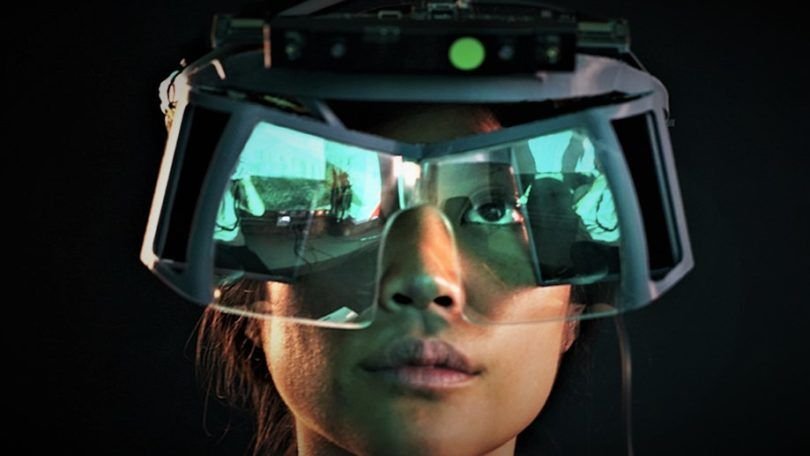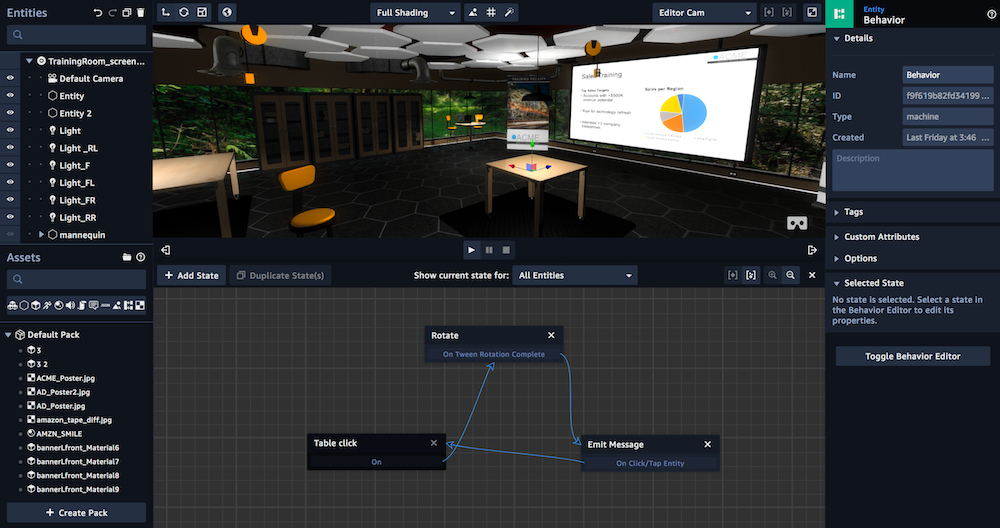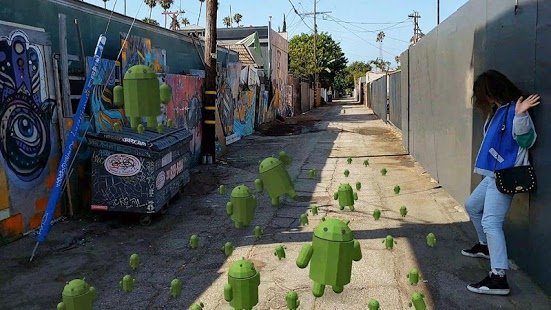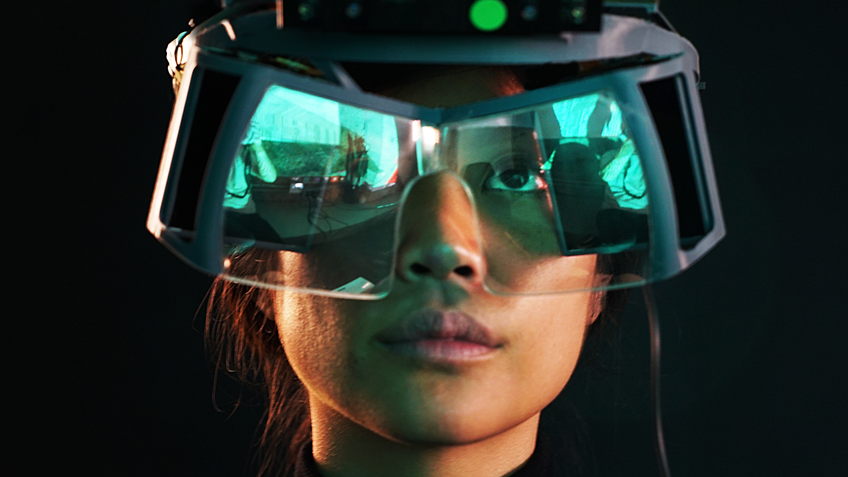
Leap Motion announced Project North Star, a platform for AR headsets.
The prototype of the reference model that has been released is a 1600 × 1440 resolution screen with a frequency of 120 Hz. The prototype itself used a 5.5-inch smartphone display that supports resolution 2560 × 1440, but said it will develop a custom-only display.
Unlike augmented reality headsets, this product is an open goggle style and the display image reflects on the front glass. The silver-coated glass is 50% transmissive to light and the other 50% reflects, and can display information at a viewing angle of 100 degrees.
LipMotion is said to lower manufacturing costs as a top priority for Project NorthStar. Project Northstar’s production costs are less than $ 100 per unit and sales prices are less than $ 200. At this price, it is more out of place than conventional augmented reality headsets, which go as high as $ 1,000, just like Microsoft’s Hollolens.
LipMotion plans to open up the hardware and software design of Project Northstar as open source. LipMotion is aiming to build augmented reality market based on the hardware infrastructure created by various makers instead of manufacturing hardware itself.
In addition to lip motion and Microsoft, which already has a developer kit, moves to target the augmented reality market are being witnessed everywhere. Last year, foreign news reports reported that Apple is developing an augmented reality headset using its own technology. According to Bloomberg News, Apple is planning to put an augmented reality headset with a new operating system, rOS, into the market by 2020.
Apple is developing hundreds of development teams under the designation codename T288 under the concept of creating a completely new device, including the chipset, and developing the hardware itself. In the case of rOS, it seems to be a proprietary operating system for an augmented reality headset based on iOS, such as watch OS or tvOS.
Apple announced ARKit, augmented reality framework, last June. The AR Kit is a technology that allows you to combine virtual reality with iPhone and iPad camera images. I do not know what type of augmented reality headset will be developed yet, but I’m working on research and development using HTC Vibe or iPhone, but I will finally make an augmented reality headset through my own hardware. The chipset for information processing also aims at realizing a device that works for a long time compared to the capacity of a battery by developing a small low power chip. It can be said that Apple watches are similar to those made from scratch.
The operation method can also be an important point, and it will be able to talk to Siri, the touch sensor operation and voice secretary function, to start application or to execute the application.
Amazon has also announced Amazon Sumerian, a tool that allows developers to develop virtual reality or augmented reality applications on the browser through artificial intelligence advice, even without advanced knowledge such as 3D modeling and coding last November.

Amazon Suerian allows you to create interactive virtual or augmented reality content using Amazon Cloud Services AWS built-in tools. The content can be viewed directly on WebGL or WebVR-enabled browsers, as well as through virtual reality headsets like Oculus Lift and HTC Vibe. Of course, you can also run it on your iOS device. Amazon will be able to use this feature on Android in the future.
It is anticipated that Amazon Suerian will be able to create a virtual tour of the building, or use it for electronic commerce of Amazon. As mentioned above, the merits of Amazon Suerian are that if you only have the materials necessary for contents production, you can make people or furniture that actually move in virtual space without expertise.
https://youtu.be/CMIXNu66fxs
That’s not all. You can also develop games using Amazon Suerian. It also supports augmented reality platforms and also supports the Apple AR kit introduced above. It also plans to support Google AR Core (ARCore) and Unity, a game development engine. Voice recognition also supports AI secretaries called Lex and Polly, and can be used for games and shopping.
Google has been developing augmented reality technology since 2014. Project Tango is that. Google announced last year that it will be focusing on the AR Core, which was mentioned for a while before the end of the project Tango in March of this year.

Project Tango is a technology that displays images captured by a camera with a 3D scan attached to a smartphone device, converted to CG, and displayed as augmented reality. However, dedicated hardware is required to realize this function. So far, Lenovo and Aesus are just some of the smartphones I have come to expect. That’s why, in August last year, we announced AR core, which can enjoy Augmented Reality in general smartphones.
In this way, content authoring tools and infrastructures that can expand the virtual reality and augmented reality ecosystem are gradually increasing. In the case of hardware, Google introduced Google Glass in 2010 and announced the start of an augmented reality headset, but in fact the development and adoption was slow. In early 2015, Google stopped general sales of Google Glass, and then reiterated its device development policy for corporations last year. Microsoft’s Hollolens is a noteworthy device, but it is still under development and is in a developer kit. Though it still has an ‘in progress’ mark, the potential for this market is likely to continue as it is a large market.


















Add comment